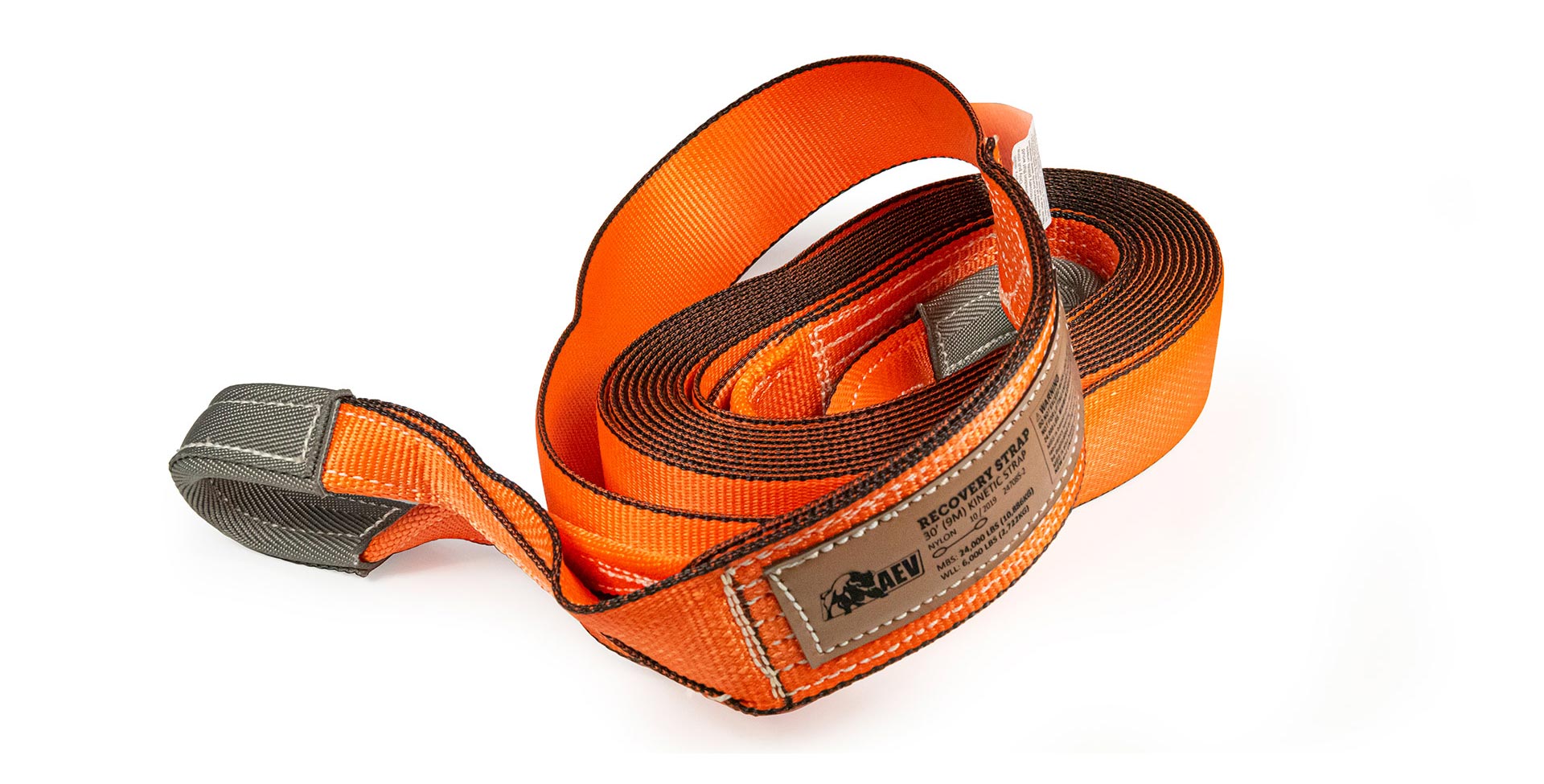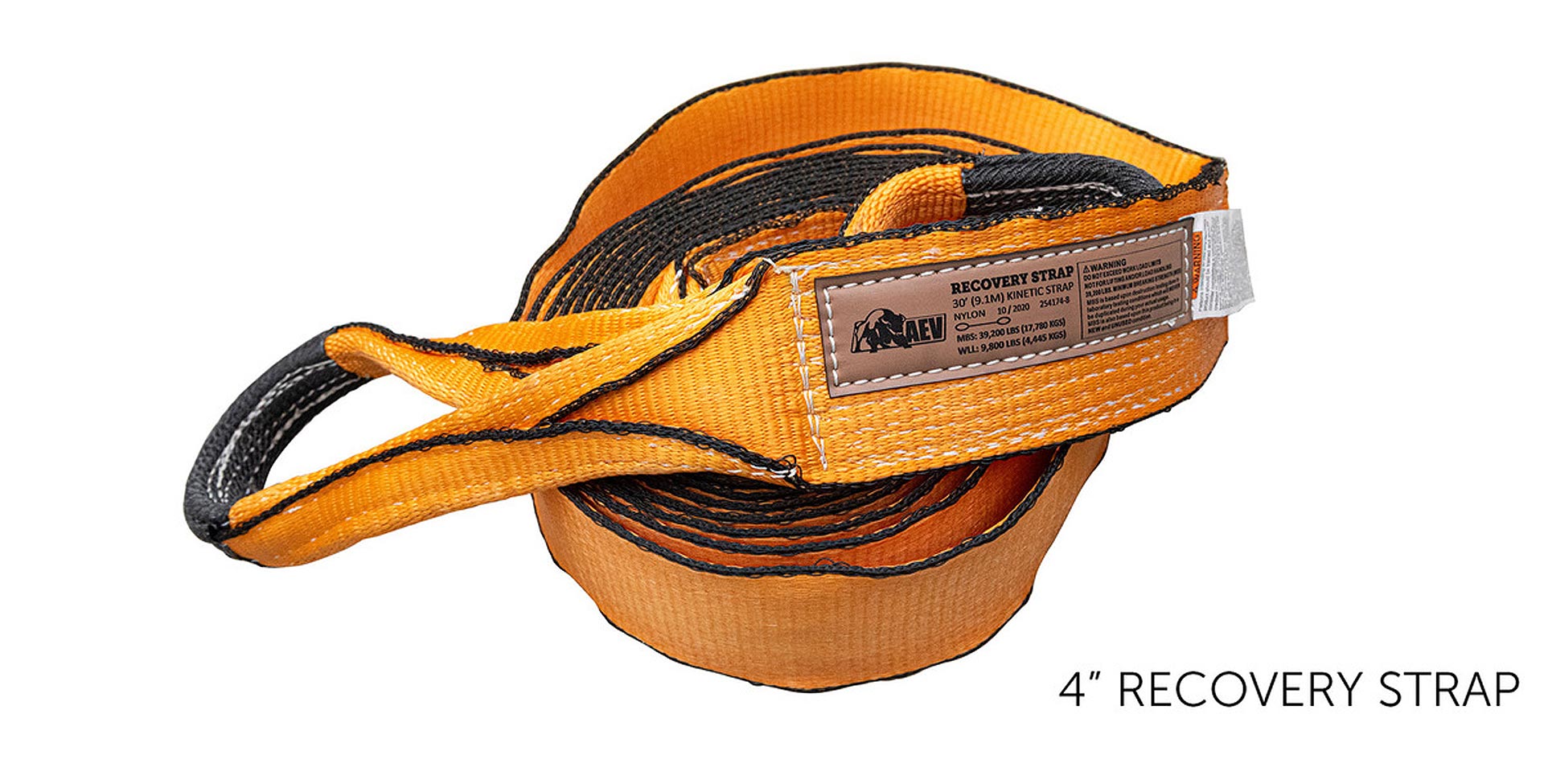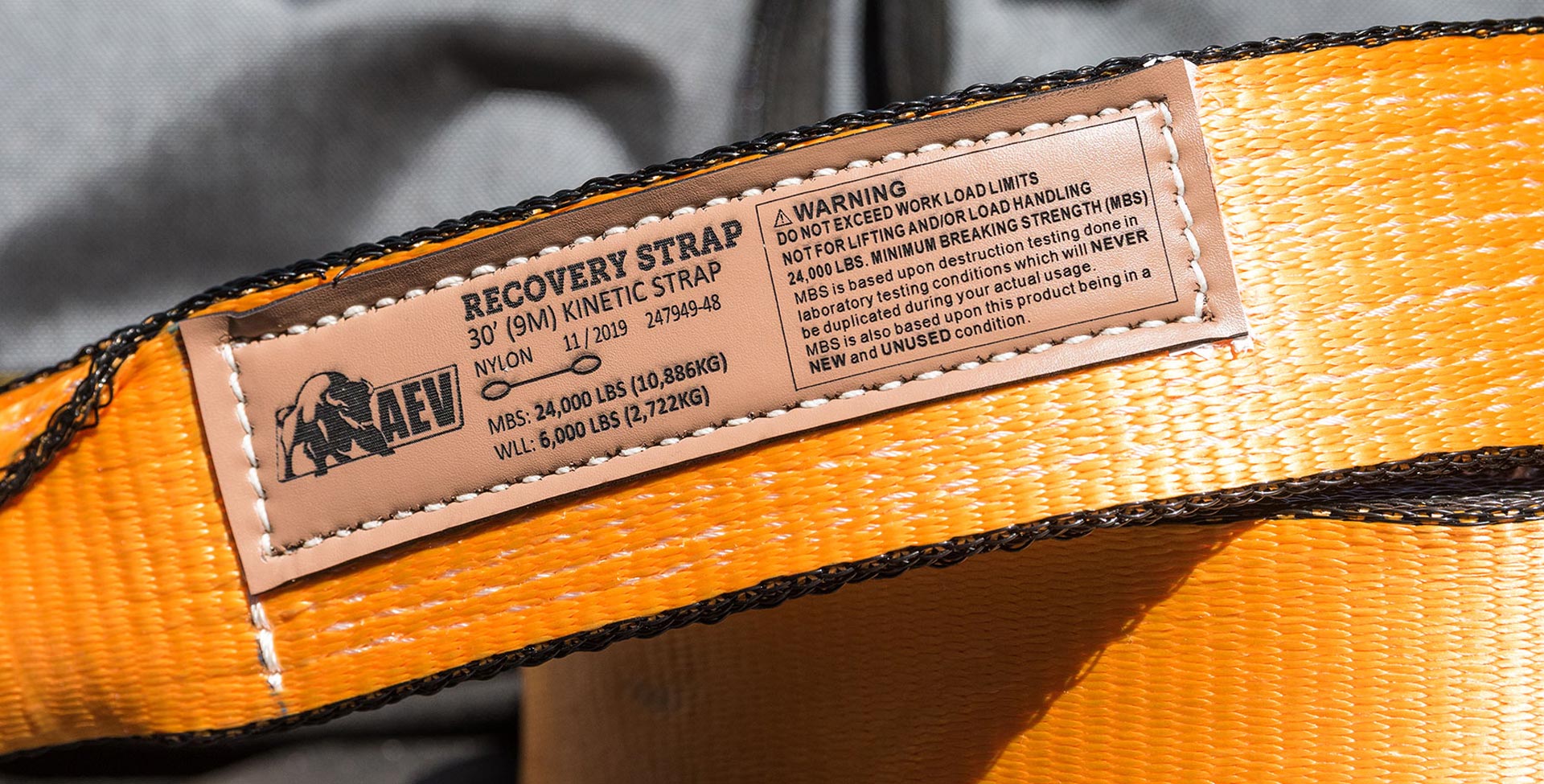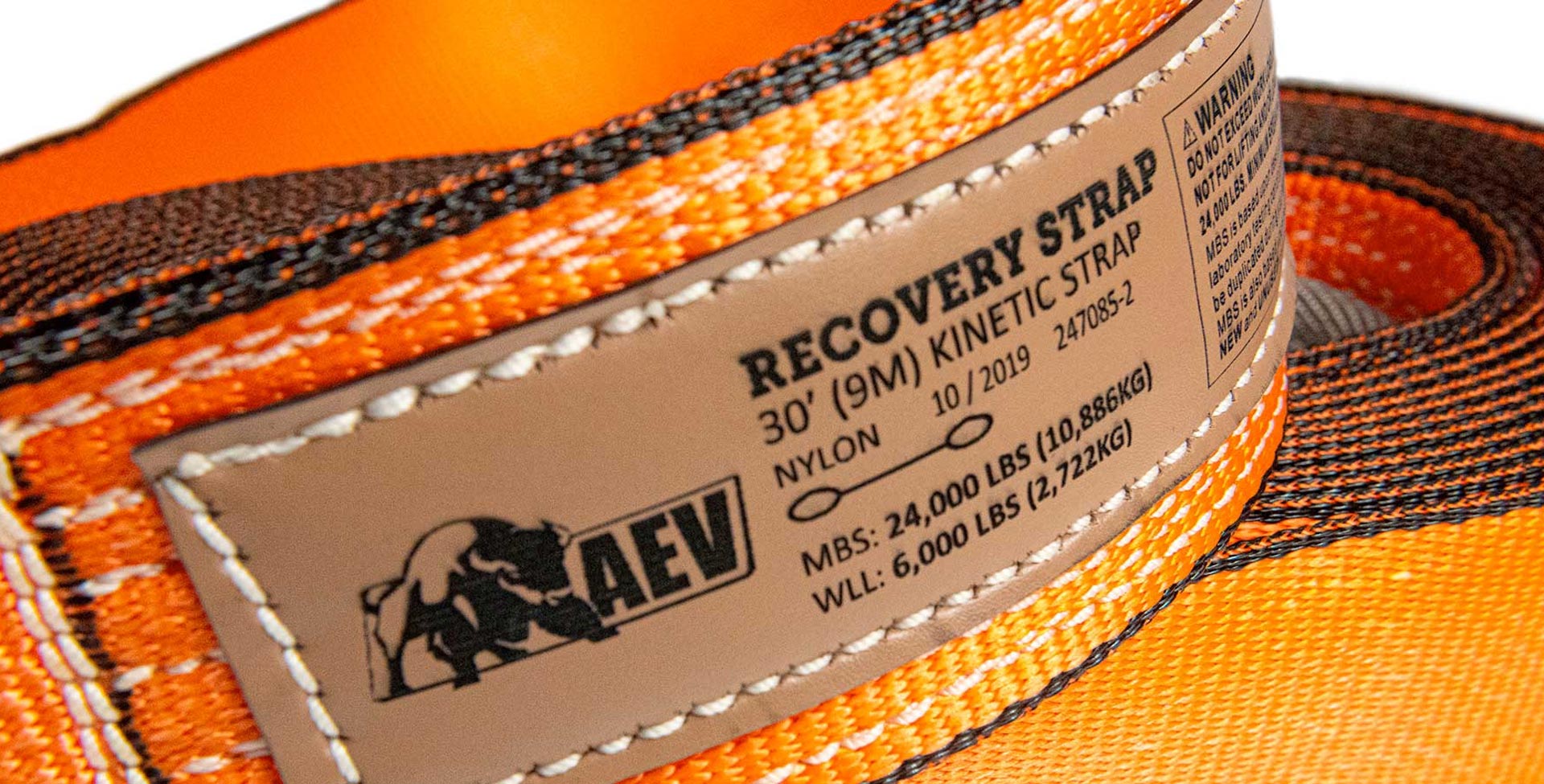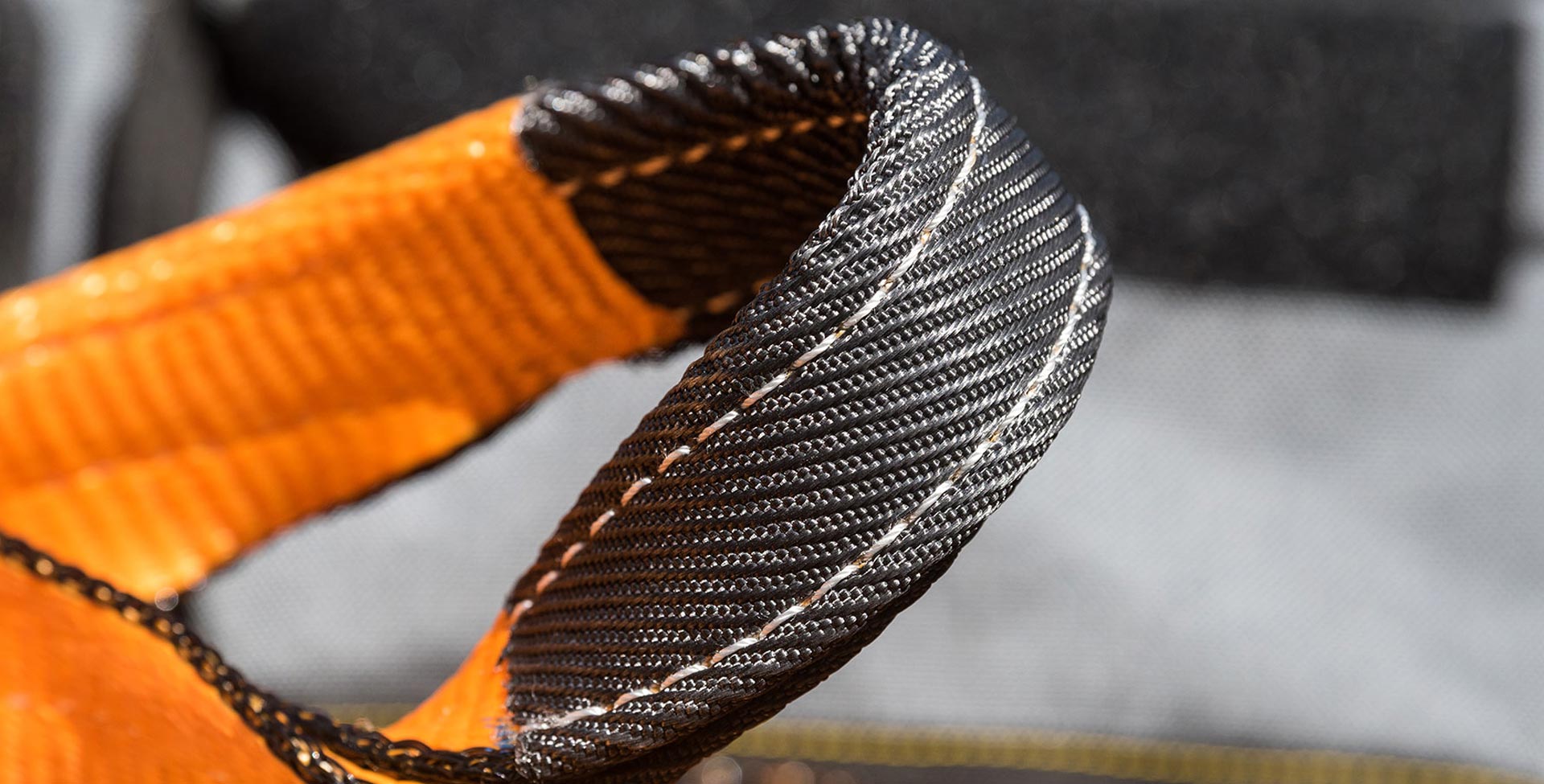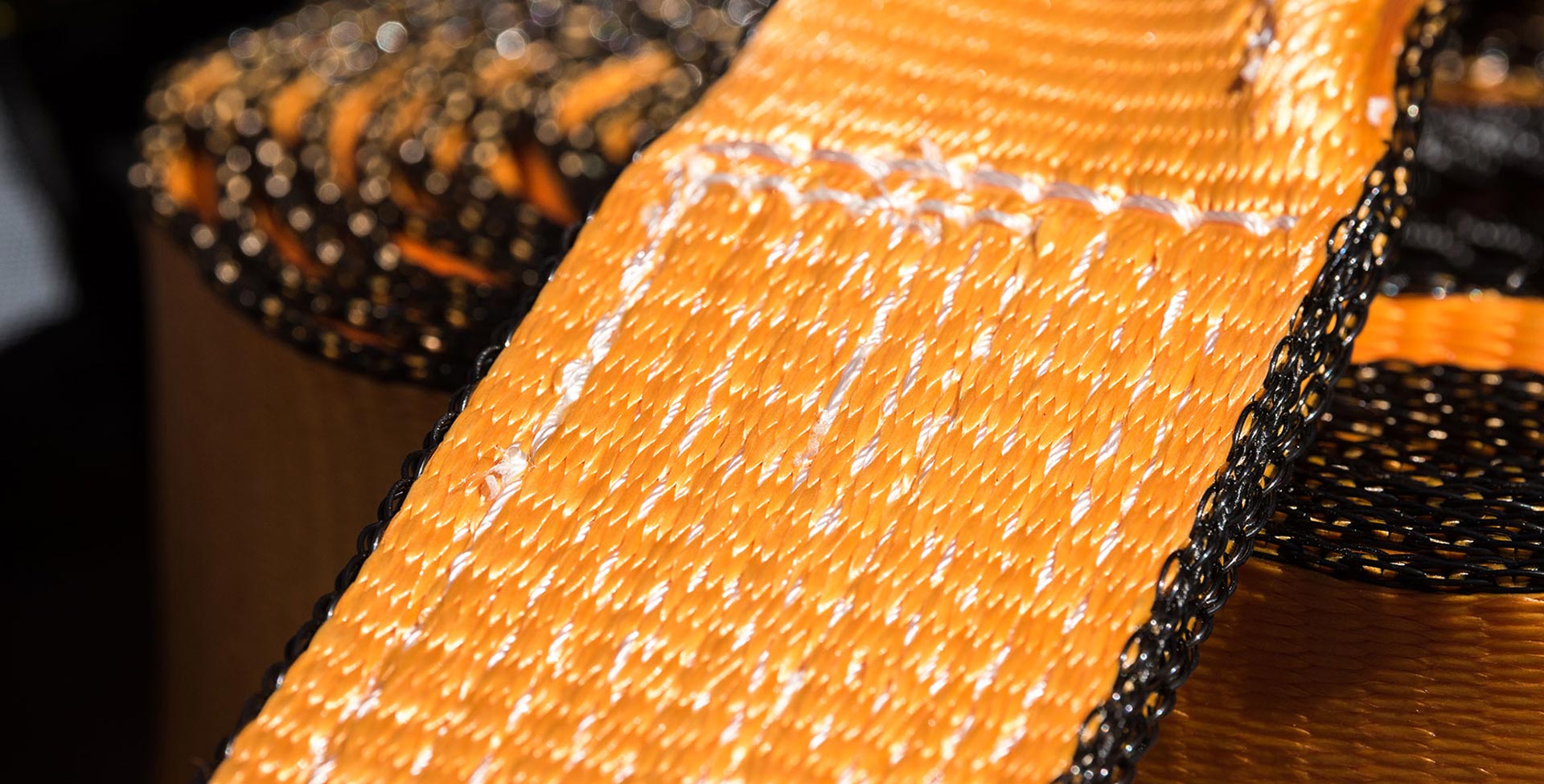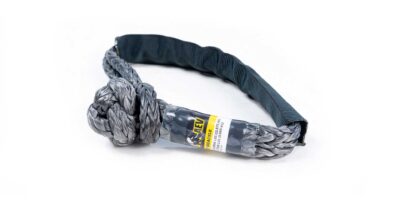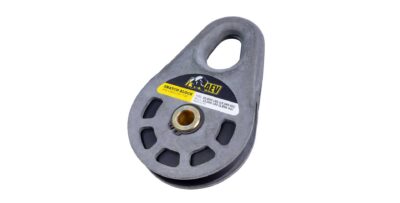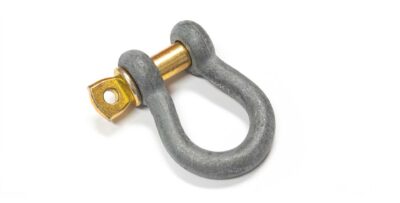AEV Kinetic Recovery Straps
$109.00 – $127.00
AEV’s 30-foot vehicle kinetic recovery tow strap is a robust recovery tool, perfectly suited for freeing a vehicle that is stuck in deep mud, sand, snow, or silt. Unlike a traditional tow chain, which can recoil dangerously if it snaps or breaks loose, this nylon web sling will stretch under load, using its own kinetic energy to help dislodge the stuck vehicle.
AEV is dedicated to bringing more safety and continuity to the recovery gear that 4WD enthusiasts around the world rely on to get out of these potentially hazardous or life threatening situations and this is the only vehicle kinetic recovery tow strap in the aftermarket that complies with industrial rigging standards. To further maximize the service life of this kinetic recovery strap, a unique edge guard was added for improved protection against cuts and abrasion. Investing in durable and versatile gear ensures peace of mind and emergency preparedness, allowing drivers to confidently navigate off-road adventures and assist others in need. You can read more and see photos of AEV recovery gear testing here.
| Part Number | Dimensions | Minimum Breaking Strength (MBS) | Working Load Limit (WLL) |
| 80808015AA | 3″x30′ | 24,000 LBS (10,886 KG) | 6,000 LBS (2,722 KG) |
| 80088023AA | 4″x30′ | 39,200 LBS (17,780 KG) | 9,800 LBS (4,445 KG) |
Please Note: Minimum Breaking Strength (MBS) is the minimum force necessary to cause a recovery device to break or fail. Working Load Limit (WLL) is the recommended maximum force a recovery device is intended to safely support, when the force is applied in-line and through the centerline of the device. The WLL is calculated by dividing the Minimum Breaking Strength (MBS) by a safety factor that is generally around 4-to-1. For example, the AEV Snatch Block has an MBS of 52,000 LBS, so when divided by a safety factory of 4-to-1, the WLL becomes 13,000 LBS.
Tech Specs:
- Minimum Breaking Strength (MBS):
- 24,000 LBS (10,886 KG), 39,200 LBS (17,780 KG)
- Working Load Limit (WLL):
- 6,000 LBS (2,722 KG), 9,800 LBS (4,445 KG)
- Material:
- Nylon
Product FAQs
- What is the purpose of a Recovery Strap?
A recovery strap is specifically designed for freeing a stuck vehicle. One of the key features of a recovery strap is it's ability to stretch, creating kinetic energy that will aide with vehicle recovery.
- What is the difference between a static and kinetic strap?
A static strap does not stretch. Common examples of a static straps are tree straps or winch extension straps, which are mostly used as anchoring straps. Kinetic straps will stretch - upwards of 20%. The kinetic energy released by the elasticity of the strap significantly aides in recovering a vehicle that is buried in deep mud, sand or snow.
- Is the AEV Recovery Strap a kinetic or static strap?
The AEV Recovery Strap is a kinetic strap. When the AEV Recovery Strap is used in a vehicle recovery situation it will stretch, creating kinetic energy that helps free the stuck vehicle. This is both easier on the vehicle and more effective.
- I noticed there are some weird markings on my strap in marker. Is this normal?
Yes! This is actually a factory requirement during the manufacturing process to prevent any chance of straps being labeled incorrectly. MANY high end aerospace, nuclear and USDOE customers require this, so it has been adopted as standard practice from our supplier.
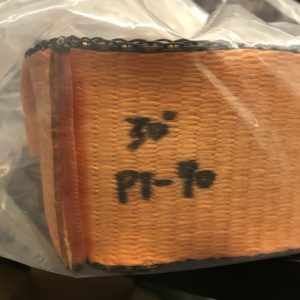 .
.- What is the difference between Minimum Breaking Strength (MBS) and Working Load Limit (WLL)?
Minimum Breaking Strength (MBS) is the minimum force necessary to cause a recovery device to break or fail. Working Load Limit (WLL) is the recommended maximum force a recovery device is intended to safely support, when the force is applied in-line and through the centerline of the device. The WLL is calculated by dividing the Minimum Breaking Strength (MBS) by a safety factor that is generally around 4-to-1. For example, the AEV Snatch Block has an MBS of 52,000 LBS, so when divided by a safety factory of 4-to-1, the WLL becomes 13,000 LBS
- Where are these straps manufactured?
These straps are manufactured overseas by a US-based company that specializes in industrial rigging equipment. All design, engineering and testing has been done stateside.
